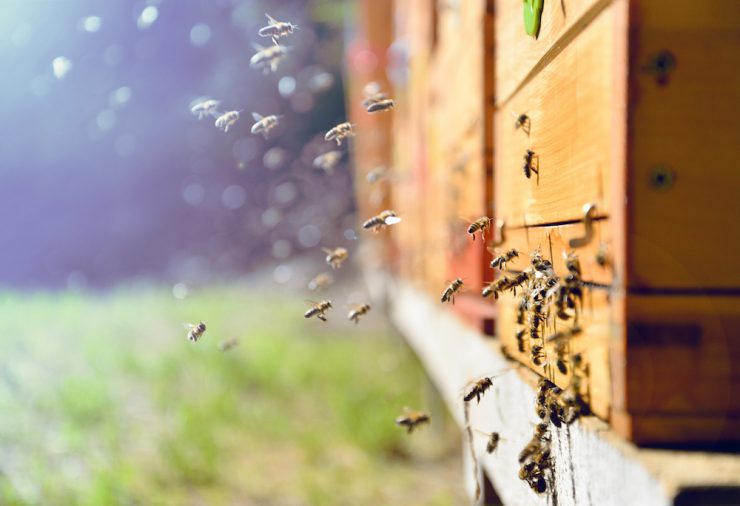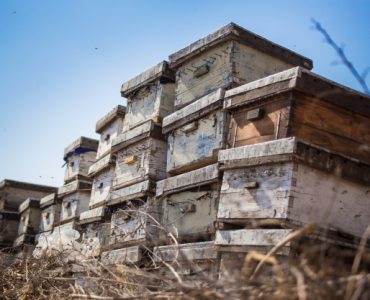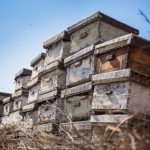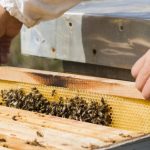Globally, there exists over 20,000 wild bee species, including several which live alone or which nurse their young within colonies like bumblebees or mason bees. Apiculture or beekeeping focuses on the practical management of honeybees’ social species thriving in large colonies. In the U.S. and Europe, most bees that beekeepers manage are Western honeybees (Apis mellifera).
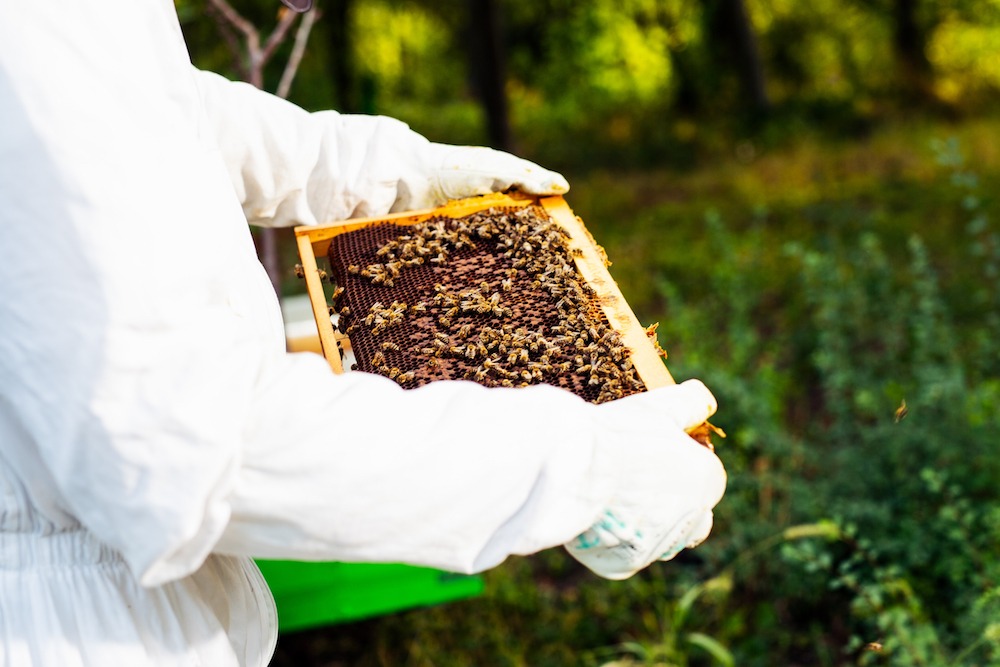
Breeding
All sub-species of Apis mellifera can hybridise or inter-breed. Several beebreeding corporations attempt to hybridise and selectively breed varieties to generate advantageous qualities like parasite and disease resistance, swarming behaviour reduction, prolific breeding, mild disposition, and excellent honey production . A number of these hybrids are sold under particular brand names like Midnite Bee or Buckfast Bee. Benefits of F1 hybrids formed by the crosses have better disease resistance, improved honey productivity, and hybrid vigour. The drawback is that these advantages may vanish and hybrids can become aggressive and defensive in the succeeding years.
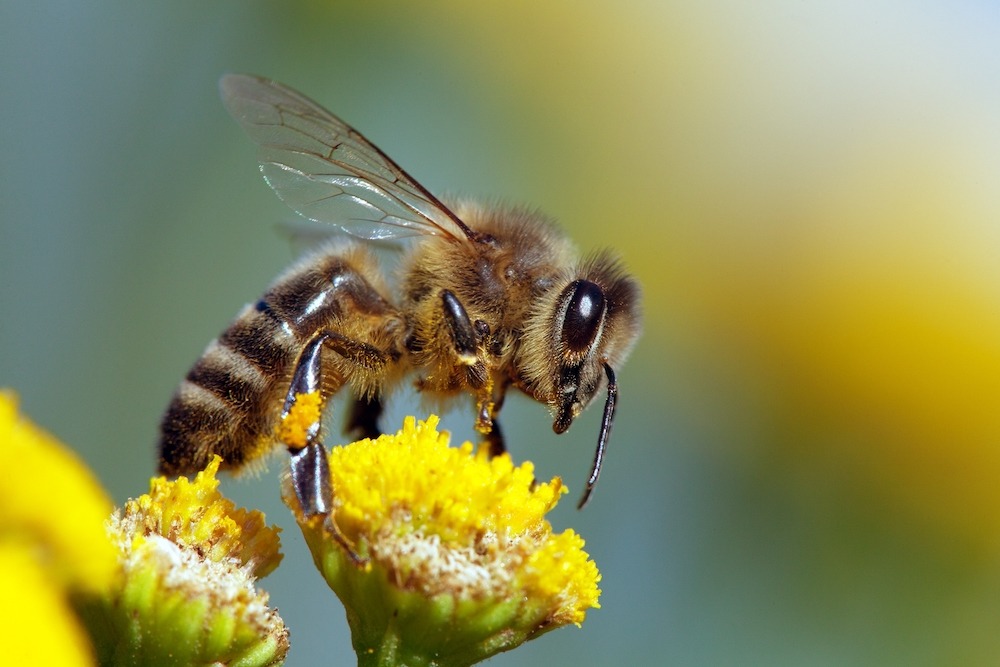
Native species
Some bee-breeders attempt to revive initial native varieties like the French Black, Danish Black, or British Black bee for maintenance of biodiversity and creation of gentler bees. This native bee movement is prominent in Ireland, Denmark, and the U.K.
A history of honey
Gathering honey from colonies of wild bee was one of the earliest human activities and remains the practise of aboriginal societies of South America, Australia, Asia, and Africa. Some of the primitive evidence of collecting honey out of wild colonies is from rock paintings from 13000 B.C. Collecting honey from colonies of wild bees is done frequently by using smoke to subdue the bees and breaking up the rocks or trees where the colony is attached, which often leads to the colony’s destruction.


